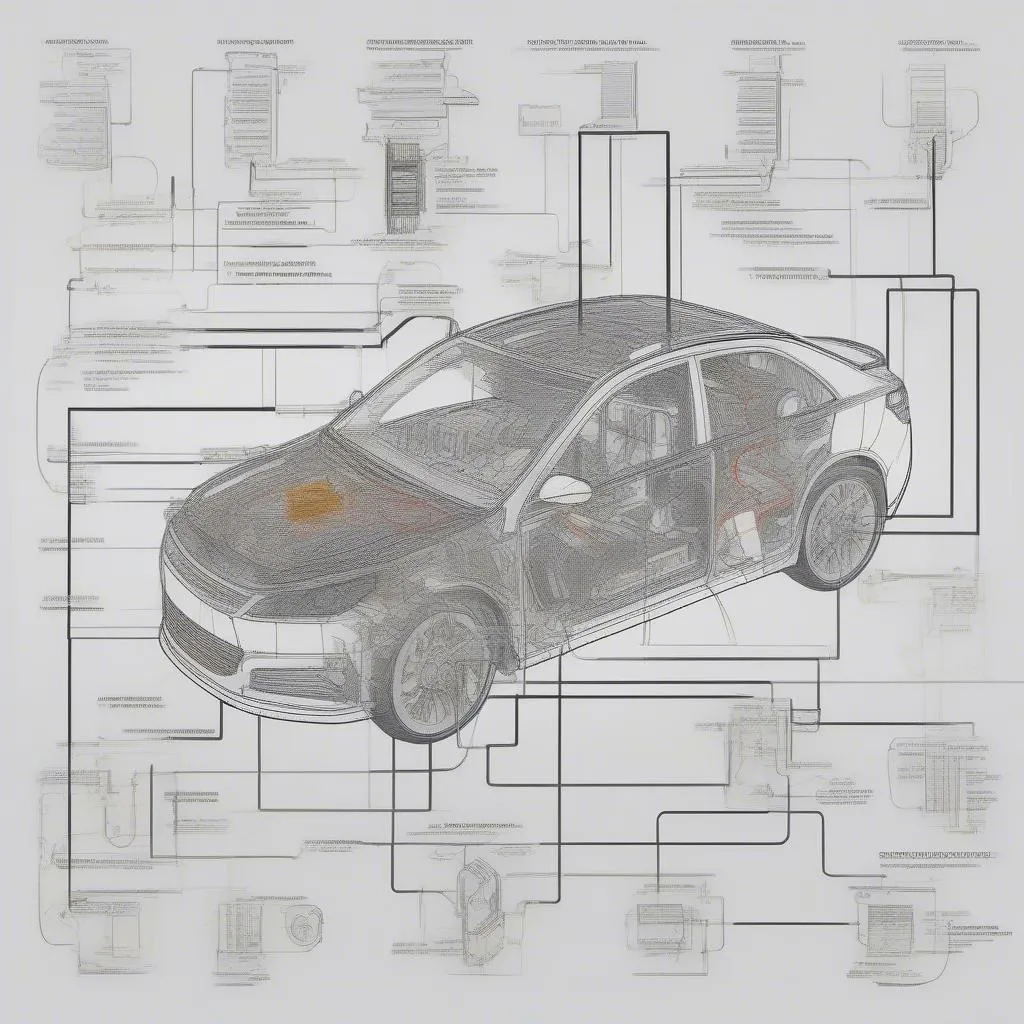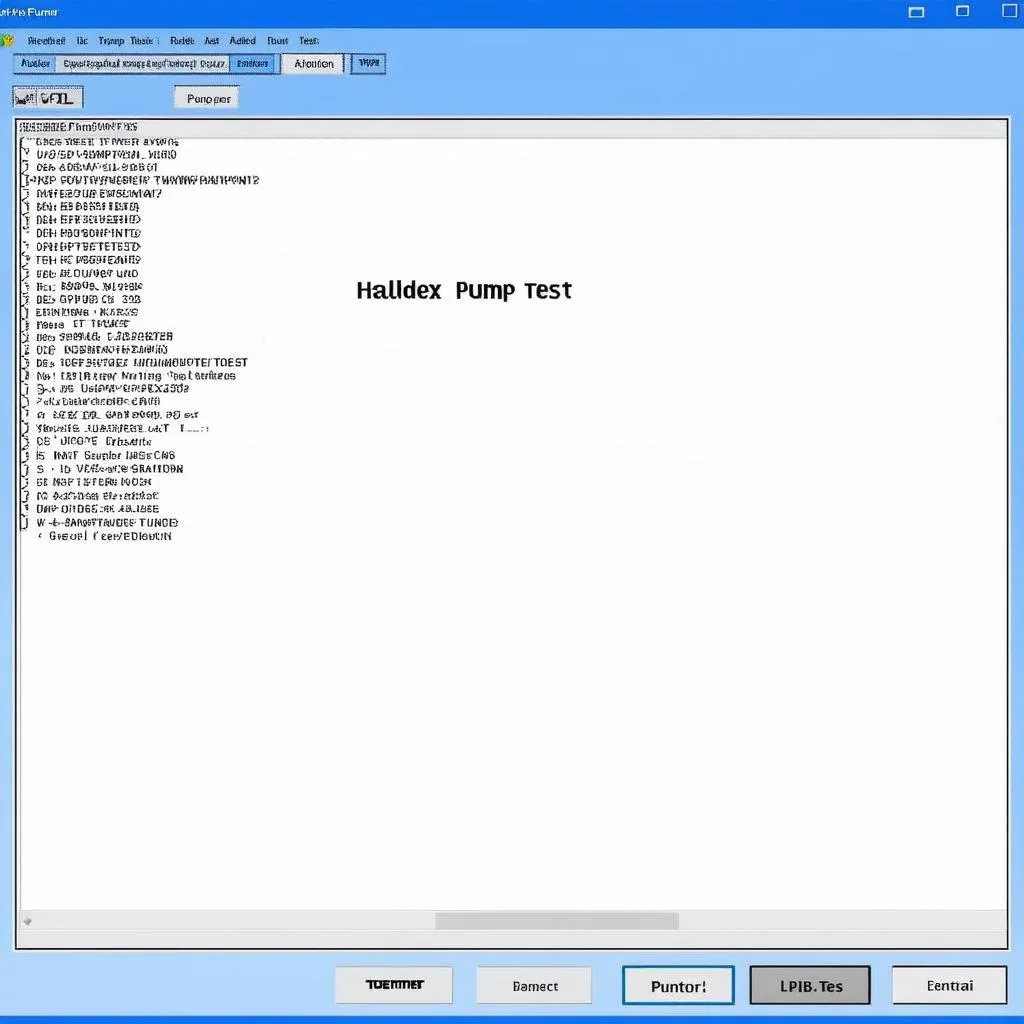When delving into the world of automotive diagnostics, particularly with Volkswagen Audi Group (VAG) vehicles, the term “load management active” within the VCDS (Vag-Com Diagnostic System) software might pique your interest. This article aims to demystify this term, exploring its meaning, implications, and potential uses for both DIY enthusiasts and seasoned professionals.
What is Load Management Active in VCDS?
“Load Management Active” signifies that the vehicle’s engine control unit (ECU) is actively managing the electrical load to ensure optimal performance and battery health. Essentially, it’s a system that prioritizes power distribution to crucial components based on demand and available battery charge.
Imagine a busy intersection where a traffic signal regulates traffic flow, prioritizing certain directions based on volume. Similarly, load management acts as a traffic signal for your car’s electrical system.
 Car Electrical System Diagram
Car Electrical System Diagram
How Load Management Works
Modern vehicles, especially those from VAG, are equipped with sophisticated electrical systems demanding significant power. The load management system constantly monitors battery voltage and current draw from various components.
When the system detects high demand or low battery voltage, it intelligently adjusts power distribution. For instance, it might temporarily reduce power to less critical components like heated seats or climate control to ensure sufficient power for essential functions such as engine ignition, power steering, and braking.
 Dim Car Headlights
Dim Car Headlights
Using VCDS to Diagnose Load Management Issues
While load management is typically an automated background process, malfunctions can arise, leading to unexpected behavior. Here’s where VCDS comes into play.
VCDS allows you to communicate with your vehicle’s ECU, providing insights into various systems, including load management. You can access specific fault codes related to load management, monitor battery voltage and current draw in real-time, and even perform output tests to diagnose potential issues.
Common Symptoms of Load Management Problems
- Dimming or flickering lights: A classic sign of inadequate power distribution.
- Slow or sluggish electrical accessories: Heated seats taking longer to warm up or windows rolling down slower than usual.
- Warning lights on the dashboard: Battery warning lights or other electrical system warnings.
- Battery drain: If the load management system malfunctions, it can lead to excessive battery drain.
Tips for Working with Load Management in VCDS
- Consult your vehicle’s wiring diagram: This will help you understand the electrical pathways and identify potential problem areas.
- Use a high-quality battery charger: A weak or failing battery can exacerbate load management issues.
- Be patient: Diagnosing electrical problems can be time-consuming.
- Seek professional help: If you’re unsure about any aspect of load management or VCDS diagnostics, consult a qualified automotive electrician.
FAQs about Load Management Active in VCDS
Q: Can I disable load management using VCDS?
While some parameters might be adjustable, it’s generally not recommended to disable the load management system. It plays a crucial role in maintaining the stability and longevity of your vehicle’s electrical system.
Q: How often should I check for load management issues with VCDS?
It’s a good practice to periodically scan your vehicle for fault codes, including those related to load management, especially if you notice any unusual electrical behavior.


